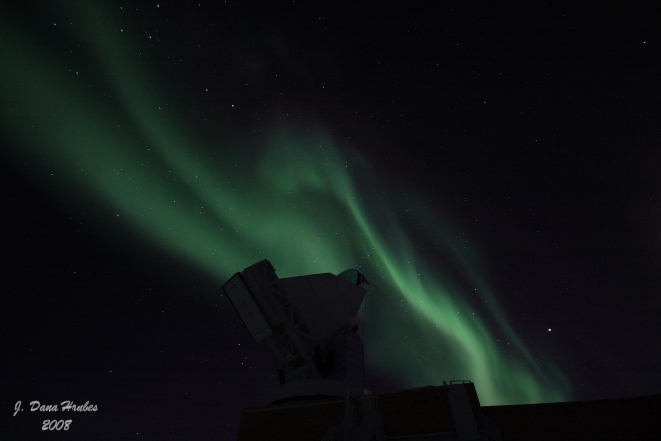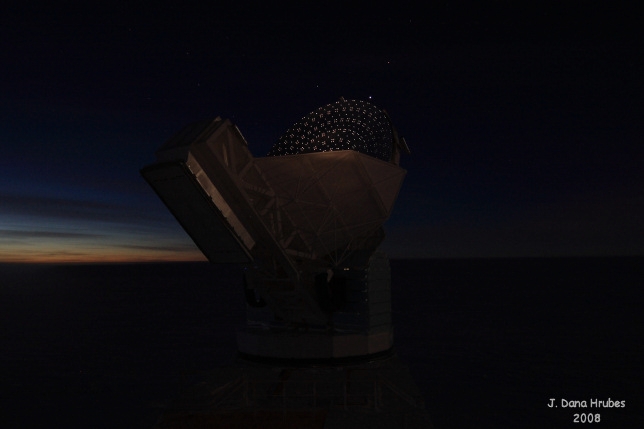
South Pole Telescope (SPT) back lit by aurora Australis and bathed in moon light

South Pole Telescope (SPT) back lit by aurora Australis and bathed in moon light
April is a month when the night skies begin to explode with nature's beautiful light shows, including the diminishing twilight, the emerging aurora Australis, the stars of the southern sky, the meteors, and the polar orbiting satellites reflecting the sun down to the darkened high polar plateau.

A Real-Time Photo of South Pole Station as Seen
from the ARO
Building (live when satellite is up)
A
Comprehensive
South Pole Web Site by Bill Spindler
Winterover
Web
Pages
(Bill Spindler's List)